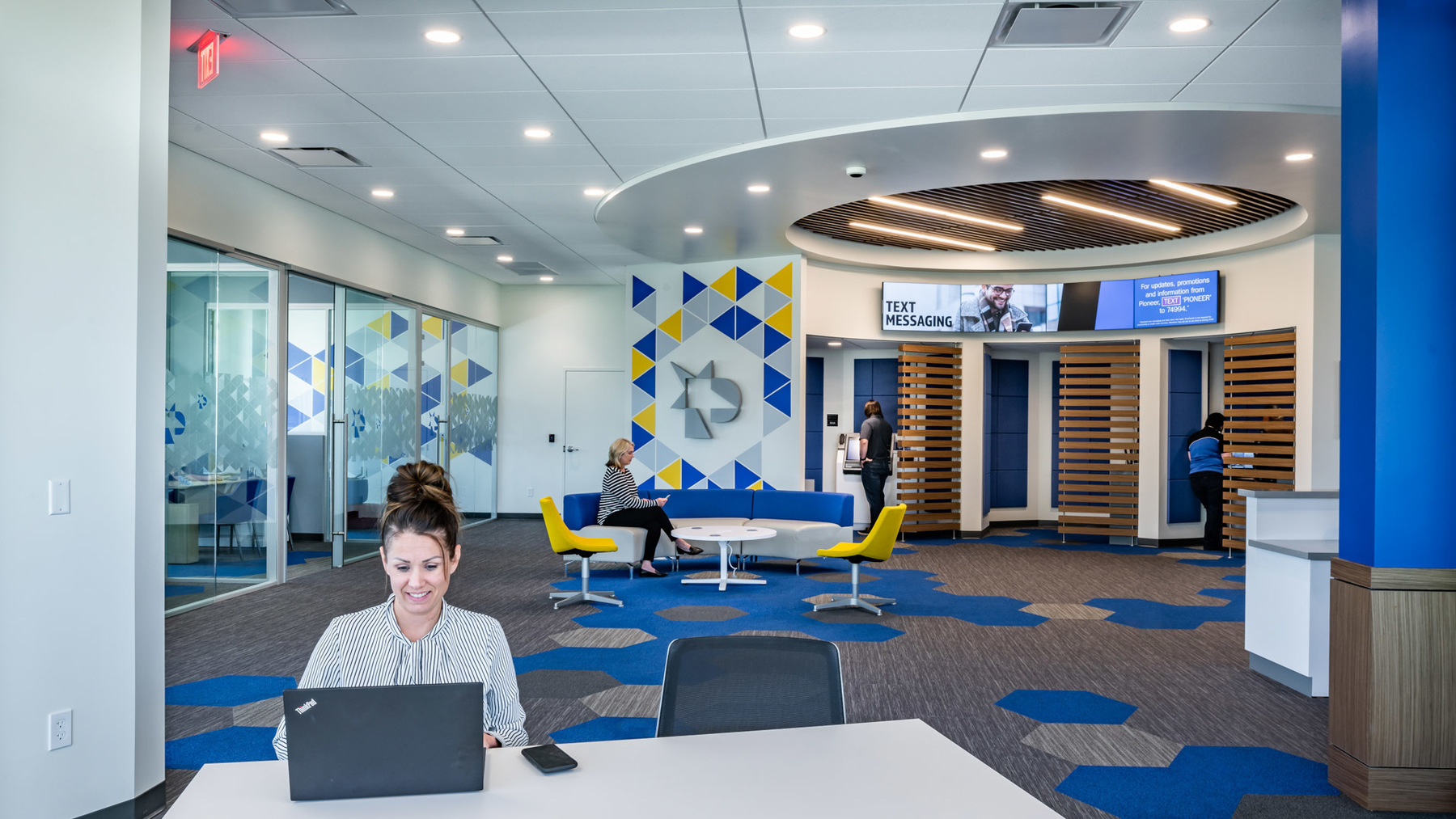As the unemployment rate shrinks and financial industry jobs become more skilled and more difficult to staff, competition for talent is escalating. Employee advocacy plays a large role in your ability to recruit competitively and retain staff, and it can help your organization stay competitive. Advocates are happy employees who take pride in their work, talk about their job positively both online and in real life, and actively recommend your organization to people they know. They also create a positive working environment, something that candidates immediately pick up on when coming in for interviews.
But turning employees into advocates is easier said than done. Incentives such as gift cards and referral bonuses might motivate them to make a social media post or two, but more effective strategies to promote employee advocacy must focus on making your staff happier, healthier, and more productive and giving them a sense of pride in both their work and your organization as a whole.
Investing in employee wellbeing can help you achieve these goals, and we’ll walk you through three areas where your investments can have the biggest impact: the physical working environment, health, and financial wellbeing.
Working Environment
It’s difficult to overstate the impact that the physical working environment has on employee wellbeing. This is where employees spend up to a third of their lives, and every part of the environment has an impact.
But there’s a major gap between what employees expect out of their workplace and what is provided. In our partnership with Leesman, a workplace data firm, we’ve surveyed well over a thousand credit union employees and uncovered large gaps between the importance that staff members place on wellness features and their level of satisfaction with those features. For example, 82% say that temperature is very important to them yet only 25% are satisfied with the temperature in their workplace. 79% believe noise levels are important, yet only 28% are satisfied. These gaps create an uncomfortable and stressful working environment.
There are many areas where workplace design choices can impact wellbeing. An ergonomic workstation can promote healthy posture, good acoustic design lowers the stress and distraction of unwanted noise, and lighting that matches the color and intensity of outdoor light improves circadian rhythms and improves mental clarity, energy, and mood. These design goals eliminate stress and other negative health risks from the workplace contribute to an environment that employees take pride in.
Identifying areas where the physical working environment has a negative impact on employee wellness can highlight areas where your investments can have the biggest impact.
Health
A healthy working environment can go a long way towards improving wellbeing and developing a positive and engaged workforce, but it’s also important to give your staff the tools and support they need to take care of themselves.
Research by the Society of Human Resource Management (SHRM) shows that only a minority of business leaders saw healthcare benefits as an expense while most viewed it as part of their core business strategy due to the link between healthcare and productivity, performance, and engagement. Improving healthcare benefits and empowering employees to do what they need to do to stay healthy is a proven way to engage them and turn them into advocates.
There are many other ways to make impactful investments in employee health as well. Pioneer Federal Credit Union surveyed their employees and realized that while many of them wanted to work out, commuting and busy schedules prevented them from doing so. This led the credit union to add a gym to the design of their new headquarters, something that many employees are excited about.
Financial Wellbeing
A recent report by Filene, as part of their credit union war for talent research initiative, found that over 50% of workers are experiencing financial stress. The study details how financial stress has a negative impact on physical and emotional health as well as productivity, and explains employees in this situation are unlikely to become advocates, and it lays out steps that organizations can take to reverse this.
Some of them are straightforward. Filene found that a living wage was the most effective way to increase financial wellbeing, while a cited PwC study found that health insurance was the most important factor in helping people achieve their financial goals. But there were some out-of-the-box solutions as well.
Most Americans aren’t ready for even a $500 expense, and when they need money they often turn to predatory short-term lenders. Filene has been studying employee-sponsored small-dollar loans (ESSDLs) since 2014, and they found them to be a low-cost but high-value employee benefit. The loans, up to $2,000, were able to significantly alleviate employee’s financial stress while outperforming traditional loan products with low loss rates.
The report found that the benefits of investing in employee financial wellbeing were significant, turning employees into advocates and boosting recruiting and retention among other HR goals.
Take the Next Step
So how can you improve your employees’ wellbeing and turn them into advocates? Every organization and workforce is different, and it’s critical that any wellness initiative be driven by data and an understanding of your employees’ situation and needs. We partner with Leesman to gather and analyze data about our partners’ workforces, and their Leesman Review publication distills valuable insights from their research.
Another great resource is The International Well Building Institute, which has detailed guidelines on how every aspect of a built environment, from design to construction and even policy, can support wellbeing. You can learn more by reading the case study of HAPO Community Credit Union opening the first WELL Certified credit union facility in the world.
And, as always, our team would be happy to have a conversation about employee wellbeing, the war for talent, or any other topics that you have questions about.

